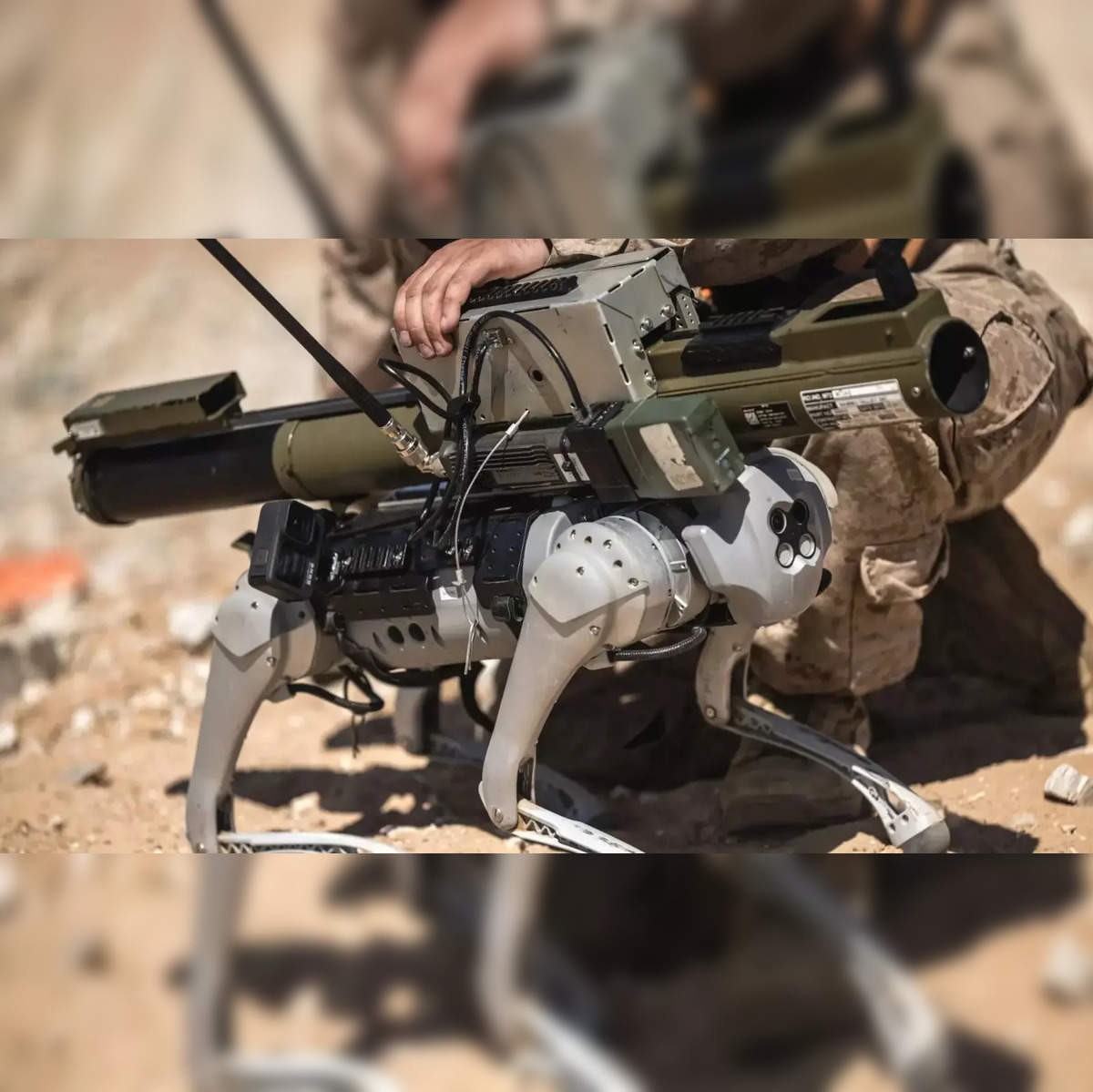
Chinese military researchers have proposed arming robotic combat systems with thermobaric weapons for urban warfare operations, marking an alarming escalation in autonomous weapons development.
According to a recent study published in the Journal of Ordnance Equipment Engineering, People's Liberation Army (PLA) scientists aim to overcome the limitations of conventional weapons in urban combat scenarios by equipping ground robots with thermobaric warheads - devastating explosives considered second only to nuclear weapons in destructive power.
The research, led by Dang Chenguang, notes that modern urban environments have become complex "vortexes of warfare" where traditional munitions face severe constraints. Dense building structures, GPS jamming, and electromagnetic interference often neutralize the effectiveness of conventional weapon systems.
Recent PLA urban warfare exercises revealed that unmanned platforms carrying only standard light weapons struggled to eliminate adversaries entrenched in buildings and underground shelters. The proposed solution of mounting thermobaric weapons on combat robots represents China's first officially acknowledged plan to deploy these controversial munitions on autonomous platforms.
This development comes amid growing concerns about the militarization of robotics. A disturbing AI-generated video circulating on Chinese social media has already sparked debate by depicting an armed robotic dog hunting human targets in darkened urban spaces while playing a nursery rhyme.
The integration of thermobaric weapons with autonomous systems raises serious questions about the future of urban warfare and the ethical implications of deploying such devastating weapons on robotic platforms. Military experts warn this combination could lead to unprecedented levels of destruction in populated areas.
This latest revelation from China's military research establishment signals an intensifying global race to develop increasingly lethal autonomous weapon systems, despite international concerns about their humanitarian impact.